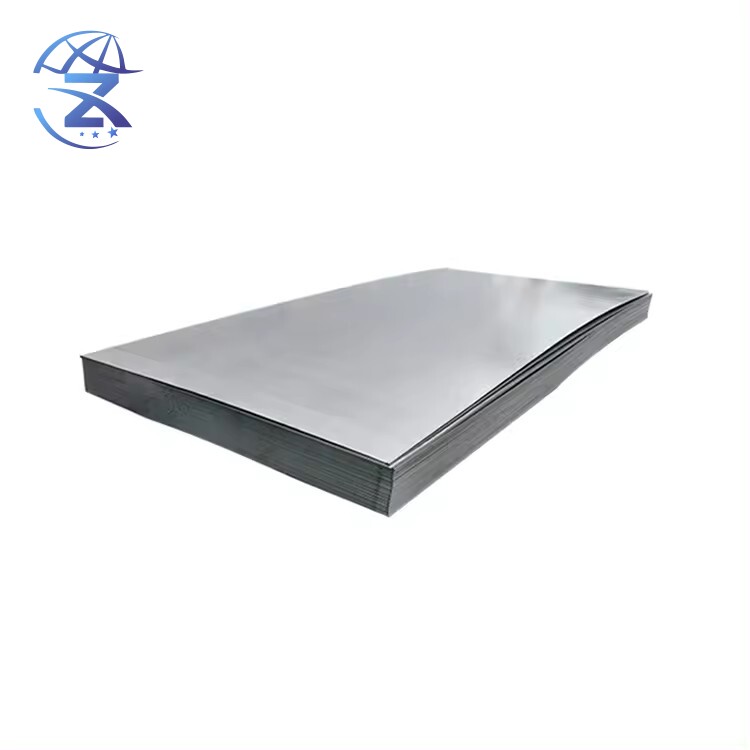Key Attributes
Product Details
Definition of Carbon Steel Plates
Carbon steel plate, also known as plain carbon steel or carbon steel, is an iron-carbon alloy whose main component is iron and contains a certain amount of carbon. It usually also contains small amounts of silicon, manganese, sulfur, phosphorus and other elements. The carbon content in carbon steel plates is usually below 2.11% (some say below 2%). This content range gives carbon steel plates specific mechanical properties and processing properties.

Classification of Carbon Steel Plates
Carbon steel plates can be classified according to different standards. Here are some common classification methods:
1. Classification by chemical composition:
Low carbon steel: Carbon content is less than or equal to 0.25%. Mild steel is easy to process, such as forging, welding and cutting, and is often used to make components such as chains, rivets, bolts, and shafts.
Medium carbon steel: The carbon content is between 0.25% and 0.6%. Medium carbon steel has moderate strength and hardness and is suitable for manufacturing various mechanical parts and components.
High carbon steel: carbon content greater than 0.6%. High carbon steel has high hardness and strength, but poor plasticity. It is often used to manufacture tools, knives and other parts that require high hardness.
2. Classified by phosphorus and sulfur content:
Ordinary carbon steel: contains higher phosphorus and sulfur.
High-quality carbon steel: low in phosphorus and sulfur.
Advanced high-quality carbon steel: contains lower phosphorus and sulfur.
3. Classified by use:
Carbon structural steel: Mainly used to manufacture building structures, bridges, mechanical parts, etc.
Carbon tool steel: Mainly used to manufacture cutting tools, molds, measuring tools and other parts that require high hardness and wear resistance.
Special performance steel: including stainless steel, heat-resistant steel, wear-resistant steel, etc., with specific physical and chemical properties, suitable for special environments or uses.

Main Features and Applications
Features
High strength: Carbon steel plates have high tensile strength and yield strength and can withstand large loads.
Good plasticity: Carbon steel plates can plastically deform without breaking when subjected to external forces.
Easy to process: Carbon steel plates can be processed through cutting, bending, welding and other processes to make parts of various shapes and sizes.
Cost-effectiveness: Because the production process of carbon steel plates is relatively mature and raw materials are easy to obtain, its cost is relatively low.
Corrosion resistance: Although carbon steel plates themselves do not have strong corrosion resistance, their corrosion resistance can be improved through surface treatment (such as galvanizing, spraying, etc.).
Quality Control
We have our own Physical & Chemical Testing Center Lab to guarantee our product quality. Our test items & instrument fully meet international standards.
Applications
Building structure: Carbon steel plates can be used to manufacture bridges, building support structures, etc. Its high strength and good plasticity make it an ideal building material.
Machinery manufacturing: In the field of machinery manufacturing, carbon steel plates can be used to manufacture various mechanical equipment and parts, such as gears, shafts, bearing seats, etc.
Automobile manufacturing: Carbon steel plates are widely used in automobile manufacturing, such as the manufacture of body, frame, chassis and other components.
Shipbuilding: Because carbon steel plates have high strength and good welding properties, they are often used to manufacture the hull structure of ships.
Pipe and container manufacturing: Carbon steel plates can be used to manufacture various pipes and containers, such as oil pipelines, gas storage tanks, etc.
Product Inventory
As a leading company, we are known for our excellent product quality and professional services, providing our customers with a reliable partner. We have a global sales network that can meet the needs of customers in different countries and regions.

Factory Video
Inquiry
To learn more about this product, you can submit your requirements here
Related Products
Leave A Message
If you are interested in our products and want to know more details, please leave a message here, we will reply you as soon as we can.





















